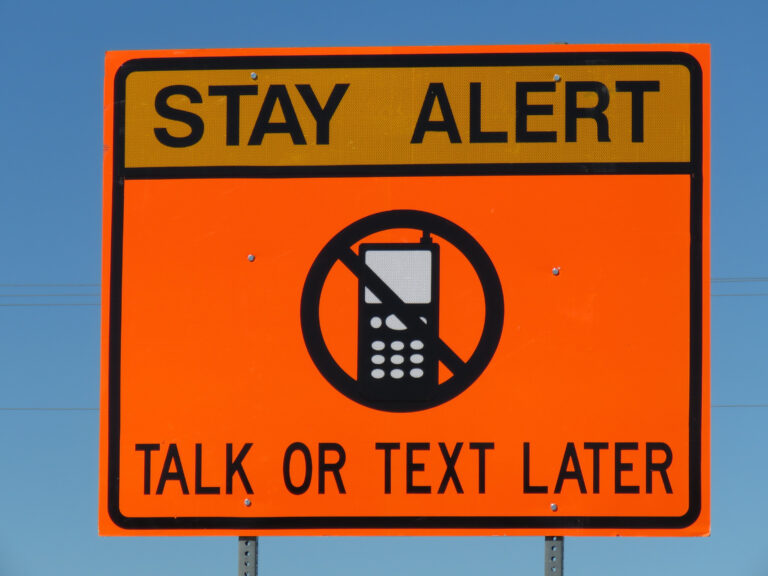A recent survey in the United States found that at least half of all drivers admitted to driving while drowsy—and 20 percent of those surveyed said they’ve fallen asleep behind the wheel in the past year. When you consider how many people also drive distracted—or after drinking alcohol or taking prescription drugs that cause sedation—it’s clear just how much of a threat this can be to safety on the road. Let’s explore the enhanced risks that driving drowsy can cause when other risk factors are also present.
How Driving Drowsy Happens
When we talk about people falling asleep at the wheel, it usually doesn’t mean they fell fast asleep. Usually, it occurs when someone “nods off” momentarily due to extreme drowsiness—a phenomenon experts refer to as “microsleep.” A microsleep lasting just five seconds is enough for a driver to travel the length of a football field at 55 mph. That’s enough room to run completely off the road or veer into oncoming traffic.
But drowsy driving isn’t always caused just by lack of sleep. Other factors may contribute to the issue, such as prescription medications, medical conditions like narcolepsy or sleep apnea, and even the time of day (midnight-6am is “prime time” for people to nod off, even if they’re used to driving at night).
What Makes Driving Drowsy Even More Dangerous
Driving while sleepy can increase a driver’s risk for crashes and near-misses because sleepiness decreases cognitive function—your ability to judge distances accurately. Sleepy drivers are also more likely to miss traffic signals and signs, have trouble staying in their lane, and experience slower reaction times. But when you add other factors like texting or alcohol/drug use, the risk of an accident can go up exponentially.
To illustrate this point, consider the following. Studies have shown that driving while sleepy effectively triples your risk of being involved in an accident. Meanwhile, texting while driving increases a driver’s risk of an accident by 23 times! When you add those factors together, you must effectively multiply the risk, which means a sleepy driver who is also texting is about 69 times more likely to cause an accident than one who is driving alert and undistracted.
Most injury accidents aren’t caused by just one thing, and drowsiness may be just one factor in an accident where the driver showed negligence. If you’ve been injured in an accident involving a drowsy driver, we can help you obtain fair compensation for your injuries. Call us today to schedule a free consultation.







